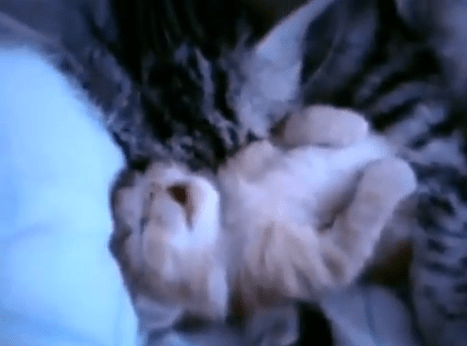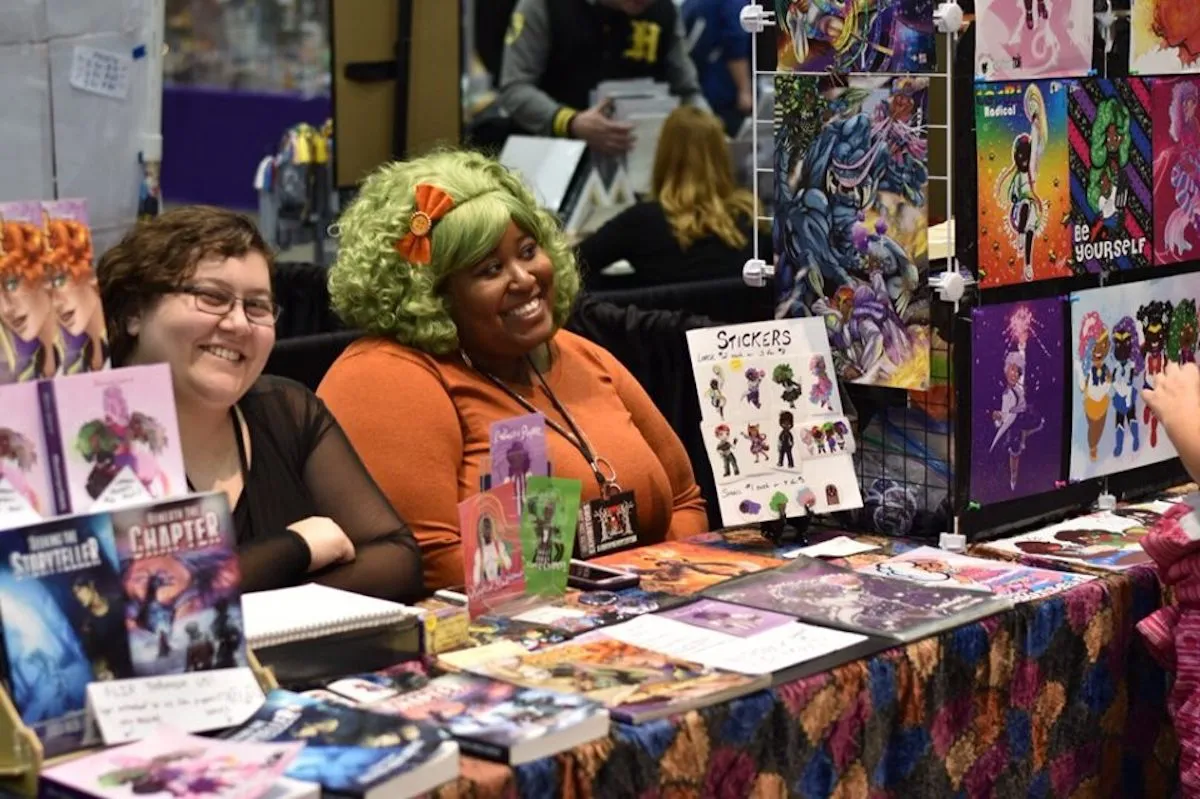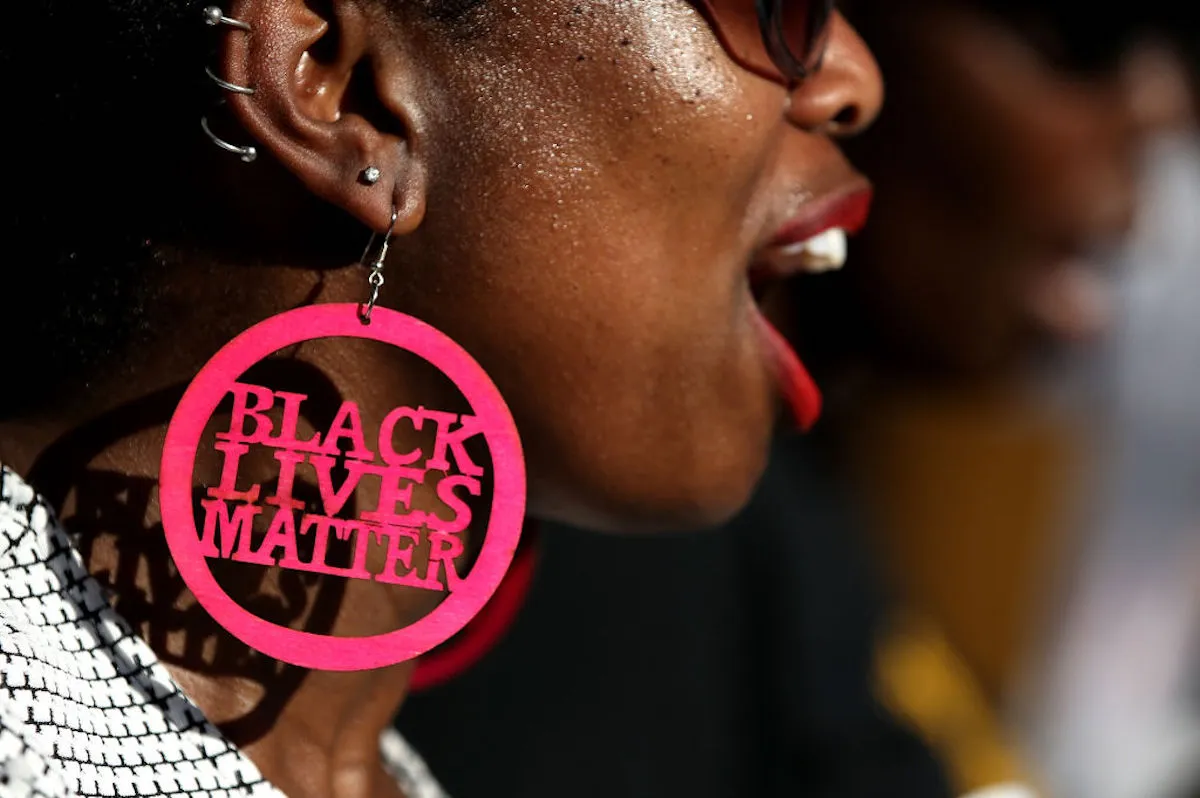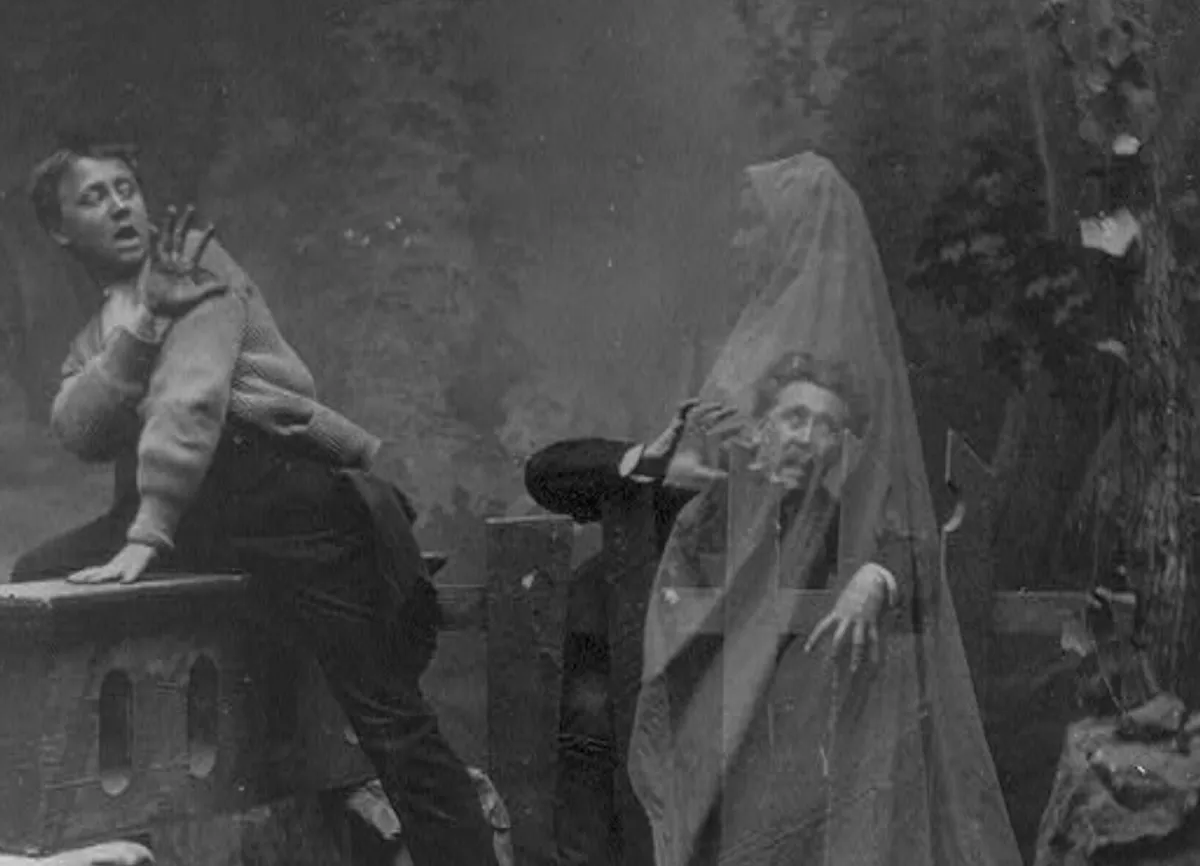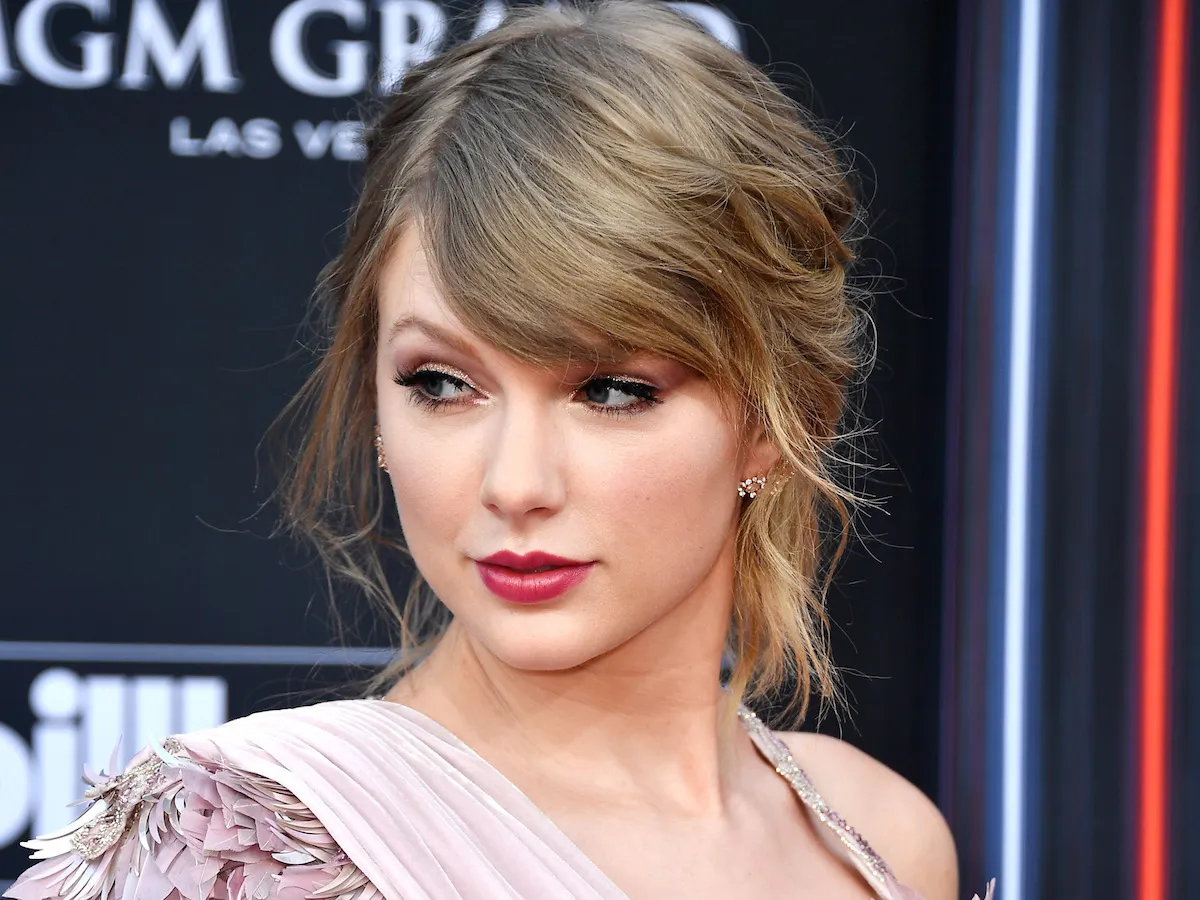By now, you’ve surely seen the “Kitten Hug Squeed ‘Round the World.” You felt the love. You felt the cute. You wanted to hug the first person or animal you saw. But I’ll bet you didn’t wonder if it was really a hug or just some accidentally adorable, instinctive coincidence. Because why would you want to ruin that for yourself? Well, National Geographic wanted to ruin it for themselves by asking scientists if it was a real hug. That dastardly, downerific bummerfest. Well, guess what? They asked an animal behavior expert about it and behold — it was probably a hug! Take that, you sad little buzzkill factory!
Just kidding: We love National Geographic. And here is the explanation to their perfectly logical query.
First, Dr. Nicholas Dodman, director of the animal behavior clinic at Tufts Cummings School of Veterinary Medicine, looked into the theory that the kitten was having a nightmare, as some have suggested. One thing is certain: the kitten was experiencing a dream during REM sleep, but there is no way to prove it was having an actual nightmare. However, dreaming is part of a kitten’s development:
As kittens begin to sense the world around them, those things can be regurgitated in sleep in the form of dreams.
Well, that’s still cute. Even with the word “regurgitated.” Next, the paw twitching. This is something that occurs in humans as well as animals (though not with our “paws”), and the muscles in question that are doing the twitching are what Dodson calls “anti-gravity muscles,” which are activated by the brain chemical serotonin.
During REM sleep, the brain’s serotonin system is shut off, which means the anti-gravity muscles are shut off. What’s not switched off are these highly-tuned muscles in things like eyes and extremities — what for us would be fingers and toes, but for them it’s paws and whiskers. This kitten is in the state of sleep some people call “the sleep of the body,” because the body is totally relaxed except for these tips of things twitching, while the brain is active and dreaming.
Dodson also says that the kitten appears to be between two and three weeks old, at which point, he or she has not yet developed a sense of fear because they most likely have not been exposed to anything that would teach them to be afraid of anything. So, the kitten probably isn’t scared of anything, and therefore the mother is not comforting her scared kitten. But — the $21,000 question — was it an actual hug, a display of real affection?
Mummy is doing what mummy cats do. Like humans, they sort of fall in love with their babies — the hormone involved is oxytocin, it’s involved in all sorts of bonding, even between humans and their pets — so she’s cuddling up and keeping her baby close. She seems to be in slow-wave sleep, not REM, and the kitten’s movements seem to disturb her slightly. One limb happens to be under the kitten, and she puts her other paw across and feels the presence of her baby. To me it’s a perfectly natural example of maternal care and affection to a kitten who’s dreaming. You could refer to it as a hug. They’re mutually bonded and I think they enjoy the presence of each other. Human analogies are not entirely inaccurate.
That looks like a resounding confirmation of … maybe, probably, most likely, perhaps. Will this scientific explanation stop the 20 million people who have watched it from believing they saw a real hug? Yeah, probably not. We love watching animals doing human things. Anthropomorphology is inescapable. Dodson even concludes that “The only thing that doesn’t make sense is people who think humans and animals are completely different.” So, what does this tell us, whether we are human, non-human, a cat who thinks she’s human, or a dog that wants to be a dolphin — all you need is love.
(National Geographic via Discoblog)



